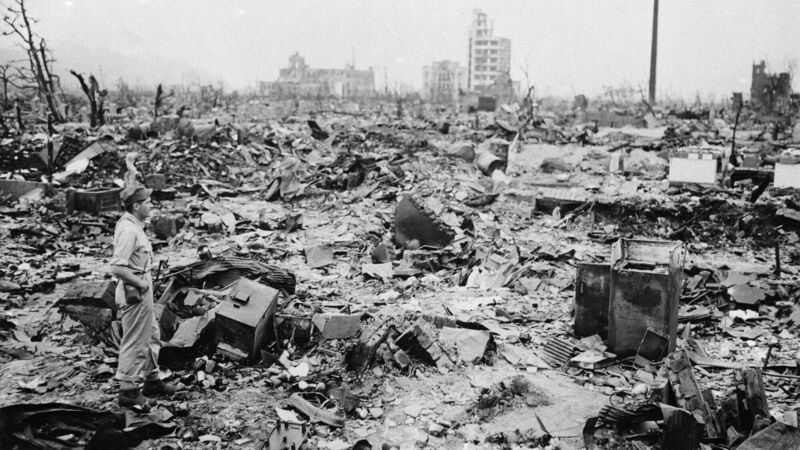Gareth O'Callaghan: How much longer can we avoid nuclear war?

In this September 8, 1945 image, only a handful of buildings remain standing amid the wasteland of Hiroshima, the Japanese city reduced to rubble following the first atomic bomb to be dropped in warfare. Picture: AP
“The story of the human race is war,” Winston Churchill once said. Few will ever have heard of Hiram Maxim, the inventor of the mousetrap, the haircurling iron, and the fire sprinkler.
Despite objections from Thomas Edison, he even laid claim to inventing the lightbulb. However, Maxim is best known for the machine gun which he invented in 1895.











